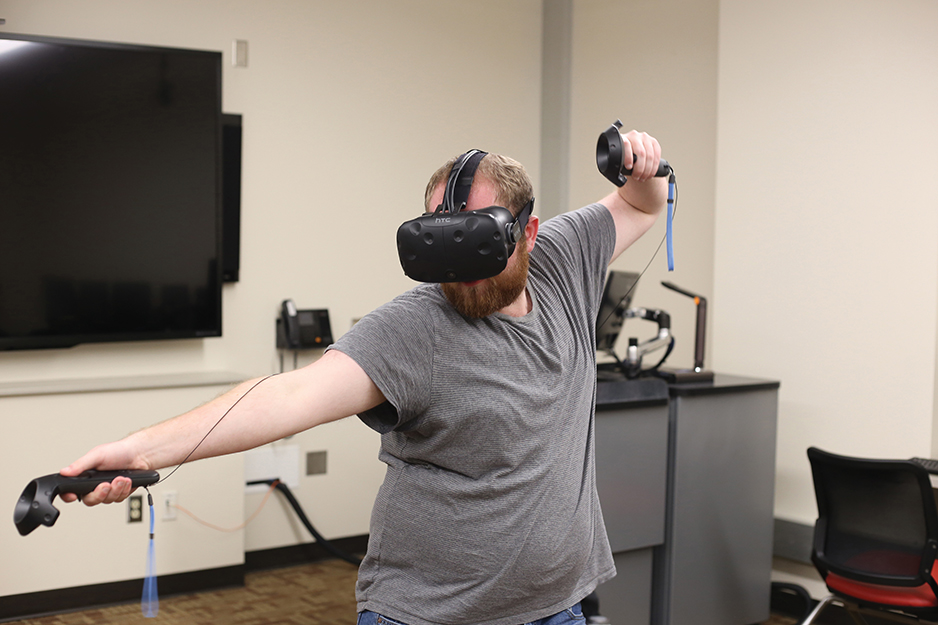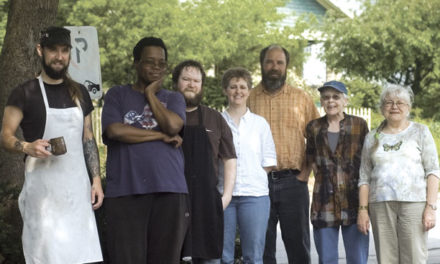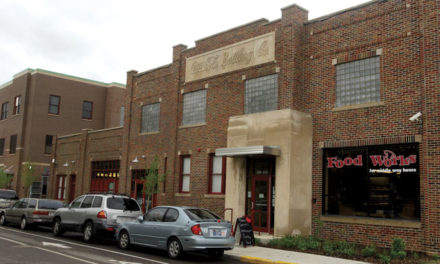
Kerry Norris, a game design student at Indiana University, demonstrates the HTC virtual reality device. Photo by Emma Knutson, courtesy of The Media School at Indiana University
BY PETER DORFMAN
When you slip on the goggles in the Reality Lab, a virtual reality-enabled classroom in The Media School at Indiana University, it takes a minute to master the hand-held controllers. Once you do, you know that soon every university will have a room like this. Why? Because virtual reality (VR) delivers a vivid, convincing sensory experience you can’t get in the real world.
VR can take you anywhere on Earth, to outer space, or inside a living cell. Beyond the visual and auditory experience, VR packs a unique emotional punch that gives it practical utility beyond its obvious entertainment value.
Students in Jon Racek’s interior design class use the Reality Lab for prototyping. “Students design interior spaces using CAD [computer-aided design] software,” Racek says. “Then they put on headsets and walk through their designs. They can experience proportion, space, and light. Does the space feel too big or too dark? That’s an emotional insight you could never get from the CAD drawing.”
“VR produces a visceral reaction,” says Andrew Koke, an IU historian who has been one of the Reality Lab’s strongest champions. “Your eyes and ears are fooled, and in that moment there are learning opportunities. For example, a VR program can take you inside a 6-by-9-foot prison cell to experience empathy with someone in solitary confinement.”
Koke has demonstrated VR to faculty members at the IU Jacobs School of Music, who then visualized an application allowing students to study virtuoso technique up close. In fact, musicians like IU violin professor Joshua Bell have released highly immersive VR performance content.
“Some VR tools provide touch feedback,” says Bill Sherman, senior technology adviser in the IU Pervasive Technology Institute’s Advanced Visualization Lab, which created the Reality Lab. “We can use these tools to train dental and medical students on basic procedures like injections.”
Sherman teaches an intermediate-level programming course, Introduction to Virtual Reality, where undergraduates build original VR apps. “Lots of jobs are waiting for those students after they graduate,” Sherman says.
A recent burst of innovation has made VR widely accessible and affordable. The HTC Vive VR units in the Reality Lab cost $800 each. But costs are dropping and VR content offerings are expanding.
Visit magbloom.com/realitylab for more information.














